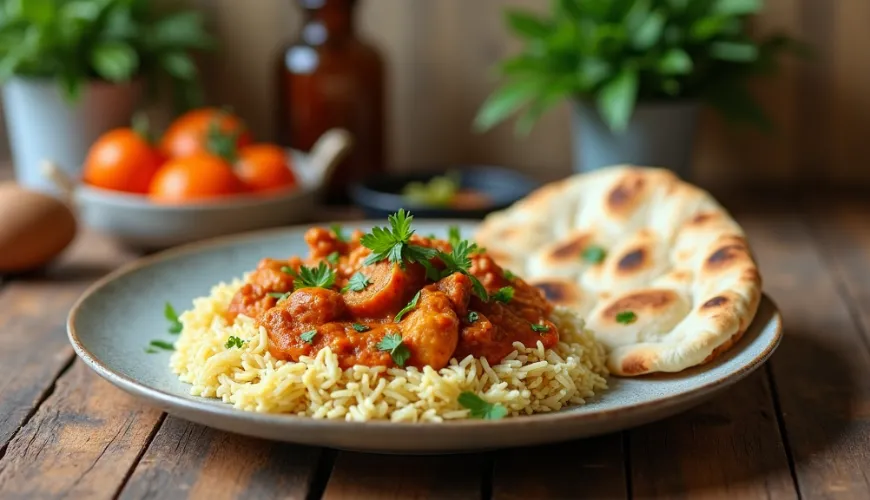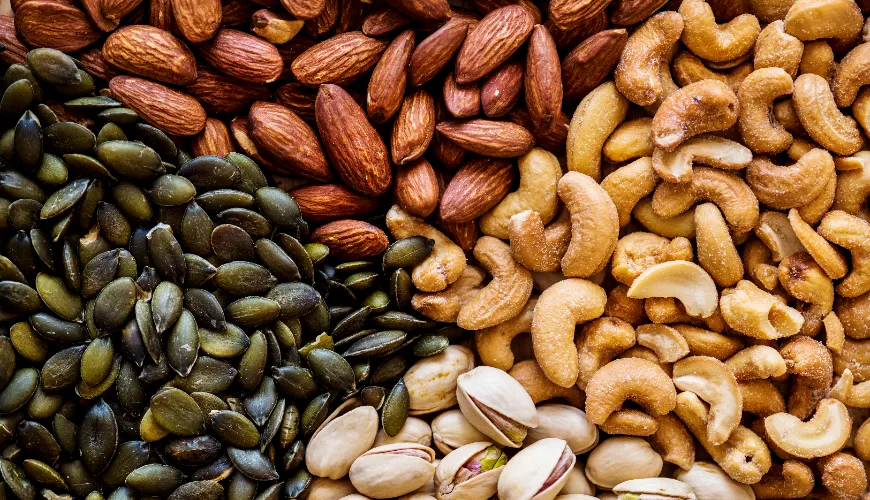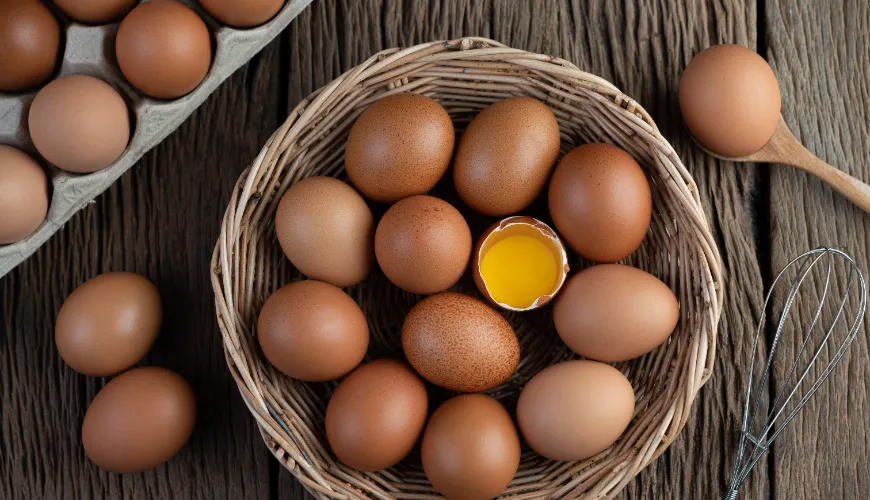
Where did chicken korma originate and why should it be on your table

Indian Chicken Korma - A Mild Curry the Whole Family Will Love
Few dishes can unite the hearts of exotic cuisine lovers while also pleasing those who prefer milder flavors. Chicken korma is one of those dishes that combines the best of Indian tradition – the richness of spices, creamy consistency, and a harmony of flavors that soothes and warms. And although it may seem like a complex exotic dish at first glance, its preparation is surprisingly simple and approachable even in a typical home kitchen.
What Does "Korma" Actually Mean?
The word "korma" comes from Urdu and means "stewed meat." In India and Pakistan, it is a common method of preparing meat, where it is first briefly fried and then slowly stewed in a sauce of cream, yogurt, nuts, and aromatic spices. There are dozens of variants – from vegetarian to lamb – but chicken korma has gained particular popularity due to its mildness and versatility.
Unlike other Indian curries, korma is not among the spicy dishes. Its strength lies in the creamy depth, which reflects the taste of cashew nuts, coconut milk, ginger, cardamom, cinnamon, and other warm tones. This gentle balance makes chicken korma curry an ideal dish even for those who otherwise hesitate to try Indian cuisine.
The Secret to Perfect Chicken Korma
Every recipe has its own nuances, but some principles remain. Korma is traditionally prepared based on a few key ingredients:
- Yogurt or cream – the base of the creamy structure. Yogurt adds a slight acidity, while cream adds smoothness.
- Ground cashew nuts or almonds – give the sauce its typical thickness and a slightly sweet taste.
- Aromatic spice blend – most commonly cardamom, cinnamon, cloves, ginger, and turmeric.
- Onion and garlic – a base of flavors that serves as a foundation for the development of all other components.
- Quality chicken meat – ideally thigh fillets, which remain juicy and absorb the marinade's flavor well.
While in restaurants, korma is often prepared with a lot of cream, at home, one can opt for healthier alternatives – such as coconut milk or plant-based options. This is where e-shops like Ferwer come in handy, offering quality organic ingredients – from coconut milk to eco-friendly cashew nuts without chemical treatment.
A Story from a Czech Kitchen
Imagine a situation: a typical workday when one returns home wishing to cook something quick yet special. Instead of the classic chicken with paprika or fried schnitzel, the choice falls on a chicken korma recipe spotted in a Jamie Oliver cookbook. In the fridge, there's yogurt, in the pantry coconut milk, onion, garlic, and a few spices. After half an hour of cooking, the aroma spreads through the apartment, and one by one, family members gather. They all agree that "this is really excellent" and that they could eat Indian cuisine more often.
Such a scenario is not an exception. Korma is the ideal gateway into the world of Indian gastronomy – accessible, uncomplicated, yet with a deep flavor profile. Moreover, it is easily adaptable – vegetarians can replace chicken with cauliflower or tofu, and those on a lactose-free diet can use plant-based cream.
How to Prepare Homemade Chicken Korma?
Although there are many variants, the following recipe for Indian chicken korma is among the simplest and most authentic. It is ideal for four servings and can be tackled by even a beginner.
Ingredients:
- 600 g chicken meat (boneless thigh fillets)
- 2 tablespoons of canola or coconut oil
- 1 large onion
- 3 garlic cloves
- 1 teaspoon grated ginger
- 100 ml plain yogurt or coconut milk
- 50 g ground cashew nuts
- 1 teaspoon ground turmeric
- 1 teaspoon cumin
- 1/2 teaspoon cinnamon
- 1/2 teaspoon ground cardamom
- salt to taste
- water or broth for topping
The process begins with frying the onion until golden, adding garlic, ginger, and spices, followed by adding the chicken meat. Once the meat is seared, yogurt and ground cashews are added to create a velvety sauce. Everything is then simmered covered for 20–30 minutes until the meat is tender and the sauce thickens.
It is most commonly served with basmati rice, or with naan or chapati bread. Korma has one advantage – it tastes great even the next day after reheating when the flavors have melded even more.
Why Does Chicken Korma Deserve a Place in Your Menu?
In addition to being chicken korma with cashew nuts delicious and easy to prepare, it offers surprising nutritional benefits. Nuts provide healthy fats and minerals, while yogurt or plant-based cream provides proteins and probiotics. Hence, it is a dish that not only satisfies but also gives something back to the body.
Moreover, it pairs well with other healthy ingredients – you can add peas, spinach, or sweet potatoes. And if you're trying to eat less meat, it's no problem to replace it with a plant-based alternative. Korma is so versatile that it can accommodate modern dietary trends.
A Small Magic of a Great Culture
Indian cuisine is based on a balance of flavors, respect for tradition, and the ability to cook with available ingredients. Perhaps that's why it wins the hearts of people across continents. And chicken korma curry is its perfect ambassador – kind, fragrant, yet with a hint of exoticism.
As Indian chef Ranveer Brar once said: "When you cook with your heart, even the simplest dish becomes a celebration." And that's exactly what korma does – it turns an ordinary weekday evening into a small feast of flavors.
At Ferwer, you'll find everything you need to prepare this celebration at home. From organic chicken from ethical farming, through ecologically grown spices, to fair-trade coconut milk and cashew nuts. Because really good food starts with quality ingredients. And that's not just Indian wisdom – it's a universal truth.

